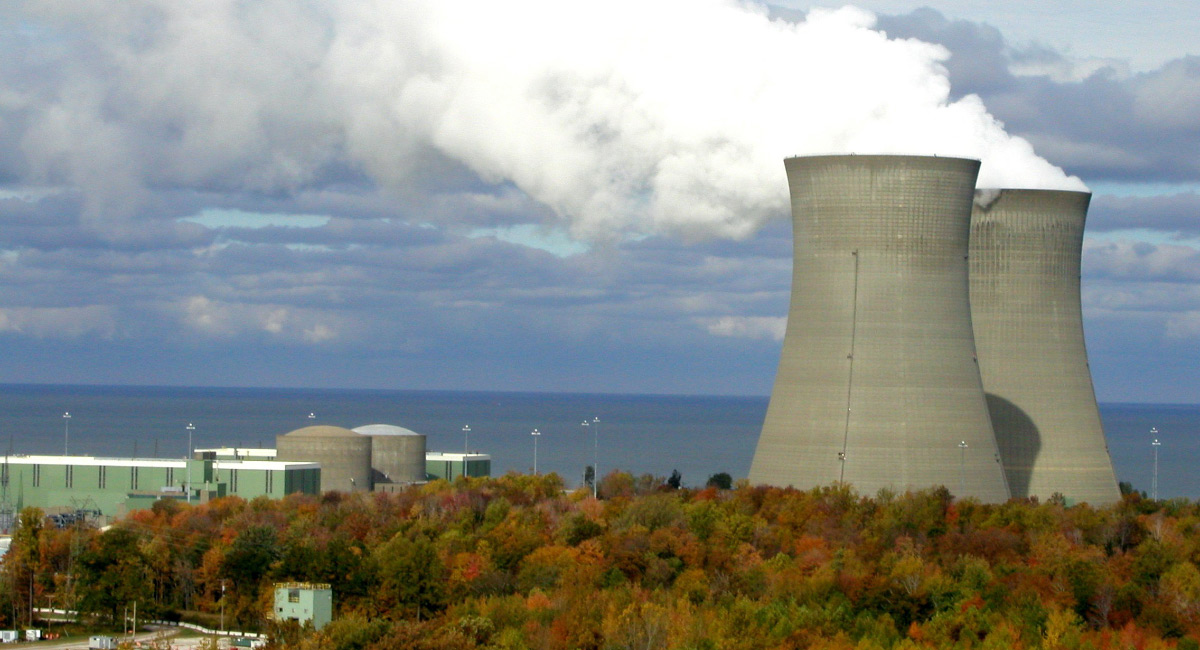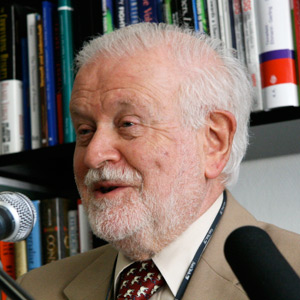Many believe that wind and solar energy are essential, when the world “runs out” of non-renewable fossil fuels. They also believe that wind and solar are unique in providing energy that’s carbon-free, inexhaustible, and essentially without cost. However, a closer look shows that all three special features are based on illusions and wishful thinking. Nuclear may be the preferred energy source for the long-range future, but it is being downgraded politically.
Fossil fuels, coal, oil, and natural gas, are really solar energy stored up over millions of years of geologic history. Discovery and exploitation of these fuels has made possible the Industrial Revolution of the past three centuries, with huge advances in the living standard of an exploding global population, and advances in science that have led to the development of sustainable, non-fossil-based sources of energy—assuring availability of vital energy supplies far into the future.
Energy based on nuclear fission has many of the same advantages and none of the disadvantages of solar and wind: it emits no carbon dioxide (CO2) and is practically inexhaustible. Nuclear does have special problems; but these are mostly based on irrational fears.
A major problem for solar/wind is intermittency—while nuclear reactors operate best supplying reliable, steady base-load power. Intermittency can be partially overcome by providing costly “stand-by” power, at least partly from fossil fuels. But nuclear also has special problems (like the care and disposal of spent fuel) that raise its cost—and inevitably lead to more emission of CO2. Such special problems make any cost comparison with solar/wind rather difficult and also somewhat arbitrary.
At first glance, neither solar/wind or nuclear generate electric power without emitting the greenhouse (GH) gas carbon dioxide. But this simple argument is misleading. All three sources of energy require the manufacture of equipment, and that usually involves some CO2 emission; a rough measure is given by comparing the relative capital costs of site preparation and construction, as well as of operation and maintenance (O&M). Caution must be exercised here: a nuclear plant has a much longer useful life (up to 60 years, and beyond). We don’t have much experience yet with corresponding lifetimes and O&M costs for solar and wind, but they are likely to be higher than for nuclear reactors—excepting for the preparation cost of nuclear reactor fuel.
There is general agreement that both solar and wind energy are truly inexhaustible and satisfy the principle of sustainability. However, both are very dilute and require large land areas—as well as special favorable locations—and subsequent transmission of electric power. On the other hand, nuclear power plants have only a tiny footprint and can be placed at many more locations, provided there is cooling water nearby.
Nuclear Energy is Sustainable
Surprisingly, nuclear energy is also inexhaustible—for all practical purposes. Uranium is not in short supply, as many assume; this is true only for high-grade ores, the only ones considered worth mining these days. Beyond lower–grade ores, there is uranium in granites—and an essentially infinite but currently uneconomic amount in the world’s oceans.
Only 0.7% of natural uranium is in the form of the fissionable U-235 isotope; the remainder is inert U-238. For use in power reactors, the uranium fuel must be enriched in U-235 to at least to the 2%-level; for weapons, the required level rises to about 80%.
Currently, uranium is cheap enough to justify “once-through” use in light-water power reactors; the fuel rods are replaced after a fraction of the U-235 is “burnt up;” actually, some fissionable plutonium (Pu) is also created (from U-238) and generates heat—and electric power. The spent fuel is mostly U-238, plus radioactive fission products with lifetimes measured in centuries, and small amounts of long-lived radio-active Pu isotopes and other nasty heavy elements.
But as every nuclear engineer knows, the spent fuel is not “waste” but constitutes an important potential resource. The inert U-238 can be transformed into valuable fissionable reactor fuel in “breeder” reactors—enlarging the useful uranium resource by a factor of about 100. And beyond uranium ores, there are vast quantities of thorium ores that can also yield fissionable material for reactor fuel. It is mainly a matter of reactor design—not wasting any neutrons used for “breeding.”
And we haven’t even mentioned nuclear fusion, the energy source that powers our Sun. Fusion has been the holy grail of plasma physicists, who after decades of research have not yet been successful in building a stable fusion reactor; the hydrogen bomb is a version of unstable fusion. I hate to admit this: We may not need fusion reactors at all; uranium fission works just fine. However, a hybrid fusion-fission design might make sense; it would use pulsed fusion as a source of neutrons for breeding inert uranium or thorium into fissionable material for reactor fuel.
So why are we not moving full speed ahead with all forms of nuclear, destined to become our ultimate source of energy for generating heat and electricity? Are we wasting precious time and dollars on marginal improvements to solar photovoltaic and wind technology? What seems to be holding back nuclear is public concern about safety, proliferation, and disposal of spent fuel.
Safety: It should be noted that there have never been lives lost in commercial nuclear accidents; Chernobyl was a reactor type not commercially used in the West. Proper design is constantly improving safety by reducing the number of valves and pipes, by relying on gravity in inherently safe designs, and by properly training human operators.
Nuclear proliferation: Over past decades, many things have changed. There is no longer a nuclear duopoly of US and USSR. The horses have left the stable: If terrorist North Korea and Iran can build weapons—and delivery systems—it may be time to rethink international proliferation policy.
Disposal of spent reactor fuel: I am assured there are no real technical problems; there are even reactor designs (like IFR –Integral Fast Reactor) that can eliminate all waste. Reprocessing of spent reactor fuel works just fine, but has been discouraged because of historic concerns with proliferation based on plutonium; but power reactors don’t produce plutonium suitable for weapons.
Relative Costs
It is doubtful that future generations will ever enjoy the truly low cost of fossil fuels. In a rational world, low-cost deposits are exploited first and costs rise gradually; this has not been the case for petroleum, mainly for geopolitical reasons, but it is more or less happening with coal, where many low-cost deposits around the world compete with each other.
For wind and solar, technical limits may soon be reached for conversion devices (wind turbines and photovoltaic cells), and a lower cost limit may then be set by O&M costs, by the opportunity cost of the land occupied, and/or by transmission costs of electric power.
For nuclear, there are still many ways to lower cost, widely discussed in technical journals: construction of modular, low-power (~100 megawatt) reactors in factory mass production rather than costly on-site construction of gigawatt reactors. The biggest savings would come from more rapid construction and less delay, involving pre-approval of reactor sites and blanket approval of standardized, mass-produced reactor designs.
Energy Policy
In spite of its obvious advantages, why then is nuclear being downgraded compared to wind and solar? Call me a cynic if you want; but I think the main reason is money. Another reason is the ingrained hatred by Green groups of all things nuclear.
A classic example by now is Solyndra, which managed to waste more than half-a-billion dollars of federal money. In addition to innumerable small projects (that add up to an impressive total), one can cite some major boondoggles: How about the government’s third (!) attempt to build a solar power tower? [The first one failed during the Nixon-Carter administration’s Project Independence some 40 years ago.]
None of these projects can survive without generous subsidies, “feed-in tariffs,” and tax breaks. The costs are borne by ordinary ratepayers; for example, electric energy costs in Denmark and Germany, leaders in wind power, are 3-4 times US costs. In the US, the policy disaster has been strictly bipartisan. While George W. Bush disavowed the Kyoto Protocol, he missed the opportunity to phase out and kill subsidies for solar and wind. We are currently witnessing the consequences of this failure.










